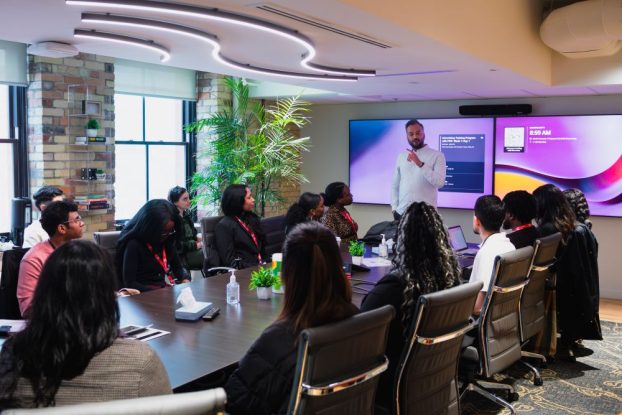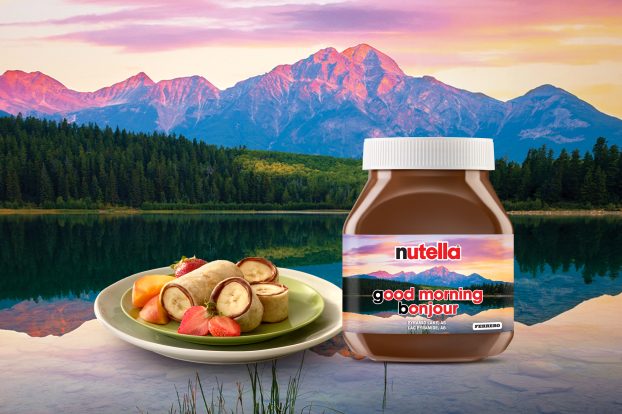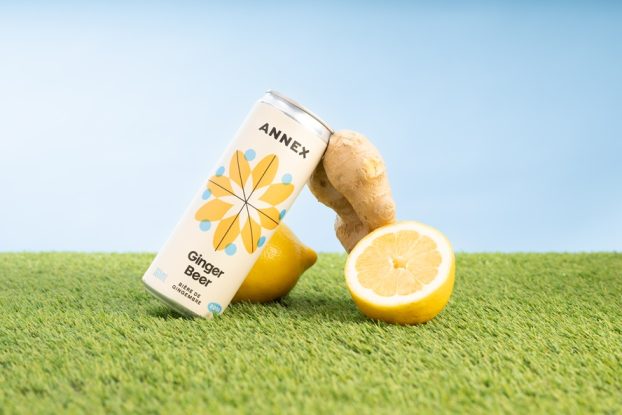Young people eat batteries for breakfast. Take a look around the next time you ride the bus or subway. Notice all those headphones clamped over youthful ears? Hear the faint sound of tinny music, scratching away at the back door of your consciousness as you struggle to concentrate on the morning paper? Well, it takes a lot of batteries to keep all those portable CD and cassette players kicking out techno, hip-hop and teen pop all day long.
Little wonder, then, that Panasonic Canada decided to aim the fall campaign for its Power Activator batteries squarely at the 16-25 age group.
‘Kids are on the go, and they take their music with them,’ says Nancy Biderman, manager of consumer communications with Mississauga, Ont.-based Panasonic. ‘They’re the ones who want the best batteries, the longest-lasting batteries for their portable CD players and boom boxes – because these products usually aren’t shut off for long periods of time.’
Deciding that you want to target young music lovers is one thing. Figuring out how to reach them is quite another. As Marc Stoiber, creative director with Palmer Jarvis DDB in Toronto points out, ‘kids are probably the most cynical advertising audience that you can find.’ Trying to shove your brand down their throats, by means of a traditional mass-media campaign, will get you precisely nowhere. A little ingenuity is called for.
In the case of Power Activator, that meant going underground.
Rather than bombard the young audience with conventional television, radio and out-of-home advertising, Panasonic and PJDDB decided to build grassroots awareness by establishing a presence for the brand at dance clubs and raves.
‘We went to their environment,’ Biderman explains. ‘We didn’t want to drag them kicking and screaming into ours. They have their own culture, and as marketers and advertisers, we should respect that.’
The first phase of the awareness effort was, essentially, a teaser campaign, which launched in September. The agency created a distinctive ‘PA’ logo for the Power Activator brand, and had that emblazoned on T-shirts and hats, which in turn were distributed at clubs and parties in Toronto, Montreal, Calgary and Vancouver. (The funky graphics of the logo were very much in keeping with the visual language used by fashion labels and other advertisers targeting the rave crowd.)
Wild postings, which featured images of blown-out stereo and headphone speakers, accompanied by the PA logo, began appearing on construction hoardings at around the same time.
To assist with this effort to penetrate the club scene, the marketing team approached some key influencers – dance DJs, many of whom enjoy true rock-star status with the rave crowd.
As it turned out, they were more than happy to help. The Technics 2000 turntable, which Panasonic just happens to manufacture, is a prized piece of hardware among DJs, so it was no trouble persuading them to wear the PA clothing or lend a hand distributing it.
‘We wanted people that the kids would consider legitimate wearing this stuff,’ Stoiber says.
By October, the team was ready to end the mystery and reveal the true meaning of ‘PA.’ A 30-second television spot began airing on MuchMusic, and new postings went up – this time with the Panasonic Power Activator brand name, and the tagline ‘Extra Strong Batteries.’
The company also collaborated with MuchMusic to develop a promotional program, and added the PA logo to its battery packaging. Public relations agency Canada Porter Novelli, meanwhile, co-ordinated a number of publicity activities, including a celebrity ‘shave-a-thon’ at Toronto’s Union Station.
The decision to employ underground marketing channels in the first phase of the campaign was not without its risks, Biderman says. There was, after all, the possibility that young ravers might react negatively upon learning that the mysterious ‘PA’ was in fact the creation of a major global manufacturer, not some hip little downtown fashion label. For this reason, the team proceeded with considerable delicacy, taking care never to push too hard.
‘You have to respect the sensibilities of your target audience,’ she says. ‘So we were very aware of the subtleties and the fine lines. All we did was ask whether they might accept our identity as something they could feel comfortable with.’
If you want to appear cool in the eyes of this audience, Stoiber says, then for God’s sake, don’t try to appear cool. Their B.S. radar is finely calibrated, and they despise nothing more than being patronized by a big brand.
‘They’re not resistant to marketing, but they are resistant to sell jobs,’ he says. ‘They want to feel that they’re making their own decisions about what’s cool. So we just aimed to do smart communications, and to be in places where the kids were.’
Similar thinking guided the development of the TV spot. Rather than produce something that screamed ‘cool,’ the agency simply tried to come up with a fun, irreverent piece of advertising that its audience could relate to, and that would seem at home in the MuchMusic environment.
In the spot, a stricken-looking teen lies on his bed, using his stereo headphones to drown out what is clearly the sound of his parents making vigorous love in the adjoining bedroom. (‘Ooh, you saucy little minx!… You frisky little monkey!’) The tagline reads, ‘There are times you can’t afford to have dead batteries.’
While no sales figures are yet available, there’s consensus among the marketing team that the program produced the desired impact. The MuchMusic promotion, Biderman notes, generated several hundred online entries on the first day alone, and more than 16,000 overall.
Further efforts to support the Power Activator brand will follow in 2000, she adds.
‘It was a very integrated campaign that appealed to the audience on many different levels – in terms of the music they listen to, the people they admire and the sense of fashion and style that makes them feel special in their own environment,’ Biderman says. ‘And it’s something that we’ll hopefully be able to build on in the coming years.’
Also in this report:
– Off the beaten track: When it comes to reaching the elusive youth market, the more unconventional the means, the better p.21
– Youth get new vehicles: Post, Naked Eye target young adult audience p.21
– Courting a tough crowd: Newspapers aim to build readership among youth 18-24 p.23
– B.C. shop produces U.S. anti-drug spot: Glennie Stamnes commercial wins approval of senior U.S. agency representatives p.25
– Kinder keeps it humble: Simple site for popular chocolate eggs avoids blatantly commercial messages p.25
– Kids say the darndest things: Marketers share lessons they’ve learned from their children p.26























